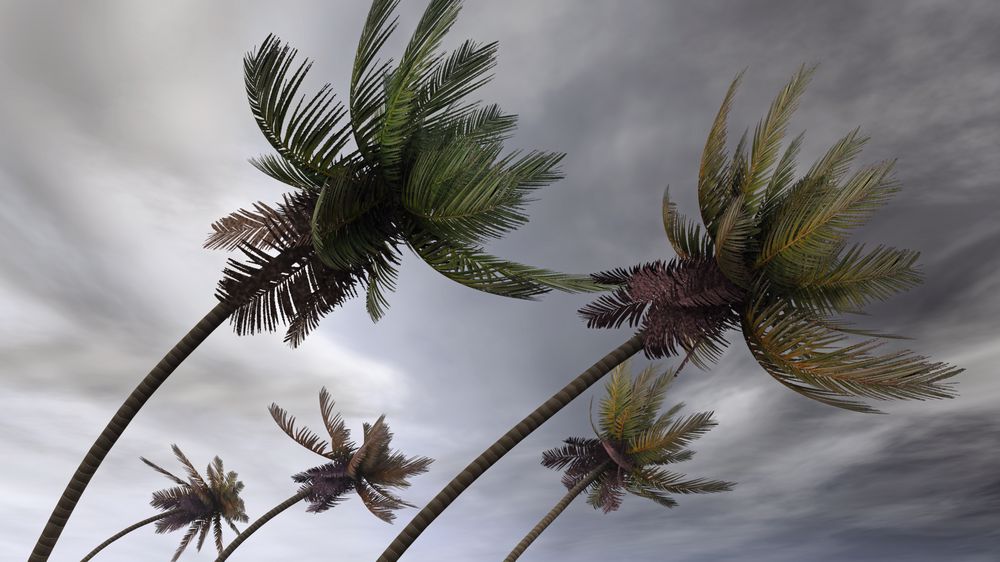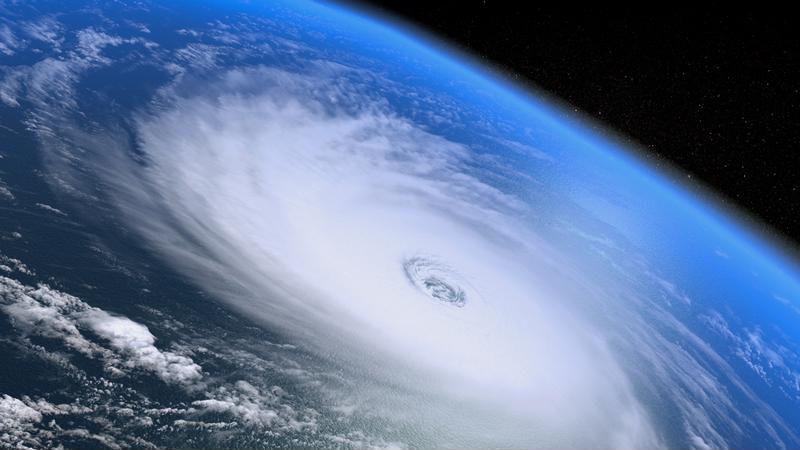Florida Hurricane Damage: What You Need to Know to Properly Prepare

From sweltering summers to beautiful beaches, Florida is unique in a lot of ways. It may be warm throughout much of the country from June into September, but anyone who has experienced Florida summers knows that conditions can get even more steamy and oppressive than other corners of the country. The uniqueness of the state is also on display at Florida beaches. From Miami Beach to Delray Beach, the shores of the Sunshine State are breathtakingly gorgeous.
In a similar vein, Florida hurricane season — which runs from June 1 through November 30 — can be distinctively destructive, as history has proven time after time. If you’re new to the state, or perhaps recently purchased a property or started a business here, it truly pays to be prepared and protected in the event a storm — be it a hurricane or tropical storm — is forecast to make landfall.
But before we can get into the details of what you can do to adequately defend yourself from a storm surge and the potential for property damage, let’s examine the recent history of Florida hurricanes and why they can be particularly devastating.
What is noteworthy about hurricane season in Florida and the resulting damage?
Throughout the summer and into the fall, property owners all over the eastern seaboard know that at any time, a hurricane or tropical storm may be headed their way. Every year is different when it comes to hurricane activity. Sometimes, numerous storms take shape, but they never make landfall. In fact, there was a stretch where not a single major hurricane made landfall for 10 years in a row, according to NASA. A “major” hurricane is defined as any storm that produces sustained winds of at least 111 miles per hour, which on the Saffir-Simpson Hurricane Wind Scale are Category 3 (111-129 mph) to Category 5 (157 mph or higher).
While that’s the exception, not the rule, when storms have struck, Florida has often borne the brunt of the damage. Indeed, as reported by the Tampa Bay Times, 121 hurricanes have made landfall in the Sunshine State since 1851. Of these, 37 were major hurricanes. That’s more than any other state in the country in that span.
Not only has Florida seen a high amount of hurricanes, but these storms have produced massive losses for property owners. According to estimates from the Insurance Information Institute, Florida is one of six states where insured property losses have exceeded $50 billion since 1980. This fact alone proves that Florida hurricane damage should be taken seriously.
What are the biggest storms to affect Florida?
It raises the question: Of the 121 that have made landfall and resulted in Florida hurricane damage, which one was the largest? That would be Hurricane Michael. From a sheer strength perspective, Hurricane Michael was the biggest one to strike Florida, roaring ashore as a Category 5, CNN reported at the time. Primarily affecting the Florida panhandle, Hurricane Michael produced sustained winds in excess of 160 mph. That makes Hurricane Michael just one of only four Category 5 hurricanes to have ever reached land in the United States.
The sheer force of Hurricane Michael left millions of people without power for days and led to a storm surge all along the southeastern coast, including the Carolinas, Georgia and Virginia. The harsh effects of Hurricane Michael led to the deaths of 16 people overall and caused $25 billion in insurance losses, making it one of the costliest storms on record.
Even though Hurricane Michael was incredibly powerful, it doesn’t make the top 10 list for most expensive natural catastrophes from an insurance losses perspective. When adjusted for inflation, Hurricane Katrina led to more destruction than any other storms, upwards of $86 billion in 2020 dollars, according to the Insurance Information Institute. Back in 2005 when Katrina occurred, damage totals were $65 billion.
While Hurricane Katrina primarily impacted the state of Louisiana — especially the city of New Orleans — Florida felt the storm’s wrath. As the Orlando Sun-Sentinel reported on the 10-year anniversary of Katrina making landfall, residents in South Florida and parts of the Florida panhandle all saw property damage.
The second-most destructive storm on record is Hurricane Sandy. In 2020 dollars, insured property losses from Hurricane Sandy were approximately $33 billion, according to the Insurance Information Institute. Hurricane Sandy covered a massive area along the Atlantic corridor and beyond. Even though it was originally classified as a tropical storm, it strengthened over time and hit Florida in late October. Overall, 24 states were affected by Hurricane Sandy as states of emergency were issued by several governors as well as then-President Barack Obama.
 Hurricanes are a yearly challenge that you have to be ready for as a business owner in Florida.
Hurricanes are a yearly challenge that you have to be ready for as a business owner in Florida.What preventative measures can Florida property owners take to mitigate damages?
Clearly, Florida is no stranger to hurricanes, nor to the devastation that they can create for property owners. While you may not be able to prevent one from occurring, there are several ways you can mitigate the effects so what Florida hurricane damage you receive won’t be as expensive to fix.
Obtain the proper property insurance
The importance of property insurance truly cannot be overestimated. Should your business lie in the path of an approaching tropical storm or hurricane, your business owners insurance policy can give you the funds you need to get back on your feet and rebuild should your building be partially or severely damaged. Knowing you have the money to recover will prevent you from having to dip into your own profits (or savings) to pay for the needed repairs. A failure to obtain the proper property insurance may ultimately leave your business unable to reopen because the repairs were too substantial to overcome.
Consider adding flood insurance
Your business owners policy provides coverage for your building and contents that are damaged by severe weather or a fire. But what it likely doesn’t include is flood insurance. Managed by the government and available through the National Flood Insurance Program, flood insurance indemnifies your business in the event you experience water damage from a hurricane. Given the fact that Florida is surrounded by ocean, you may be more vulnerable to flooding than other more inland states. Just an inch of water can cause tens of thousands in property damage to your business.
The Insurance Information Institute has more details on what flood insurance does and does not cover so you can customize your policy appropriately.
Visit Ready.gov for guidance on preventive measures
The Federal Emergency Management Agency maintains a great website that provides actionable tips on what you can do to protect your business before, during and after the hurricane event. You can find it at Ready.gov. The best way to determine what to do and the lengths you need to go to protect yourself and your business is by performing a risk assessment. Here are a few questions to ask:
- Can your business operate without the use of electricity?
- To what degree would storm damage adversely affect your ability to operate?
- Can your business survive if it were to be closed for days after the event?
Your answers can guide your approach to preparation. This Hurricane Toolkit at Ready.gov provides solutions and suggestions.
Be it storm surge or wind damage, Florida hurricane damage is something you can mitigate, but you need more than an insurance policy and an action plan to be fully prepared. Stone Claims Group has a tenured team of public adjusters that is ready to work on your insurance claim from the moment that Florida hurricane damage occurs to the second you’re compensated. We’ve successfully represented over 370 hurricane and flooding events in Florida alone since 2015, including Hurricane Michael, and will maximize your claim so your business can recover completely should Florida hurricane damage occur.
Contact us today to learn more and visit our blog for ongoing updates that you may find helpful.
Any views and opinions expressed in this blog are those only of the author of same and may not be imputed to Stone Claims, its current or former agents, or their assigns and successors. Under no circumstances shall Stone Claims be held responsible or liable for same including, but not limited to, for any errors or omissions in the content of same.